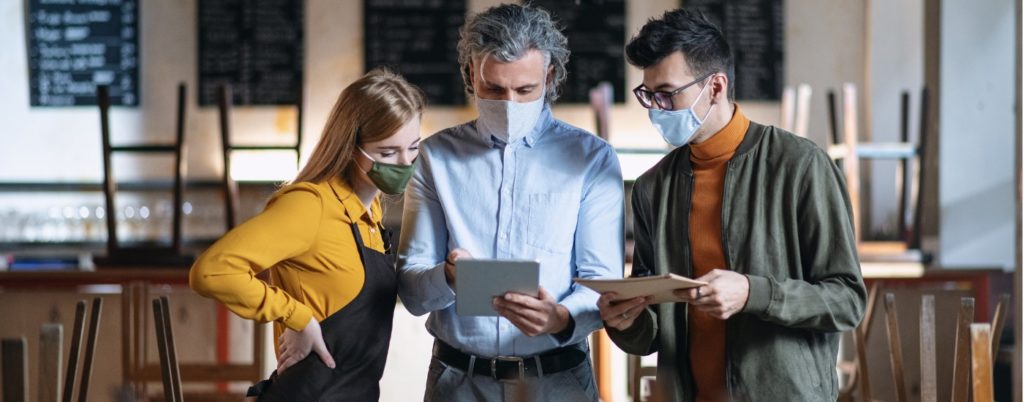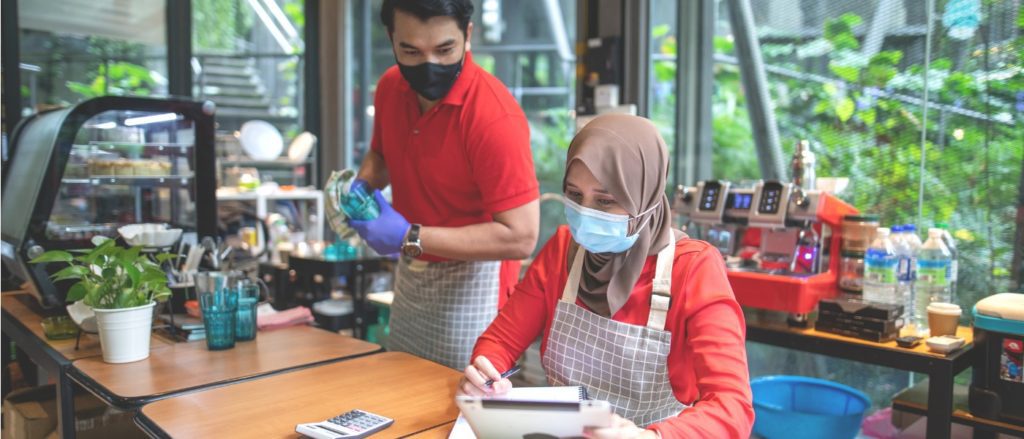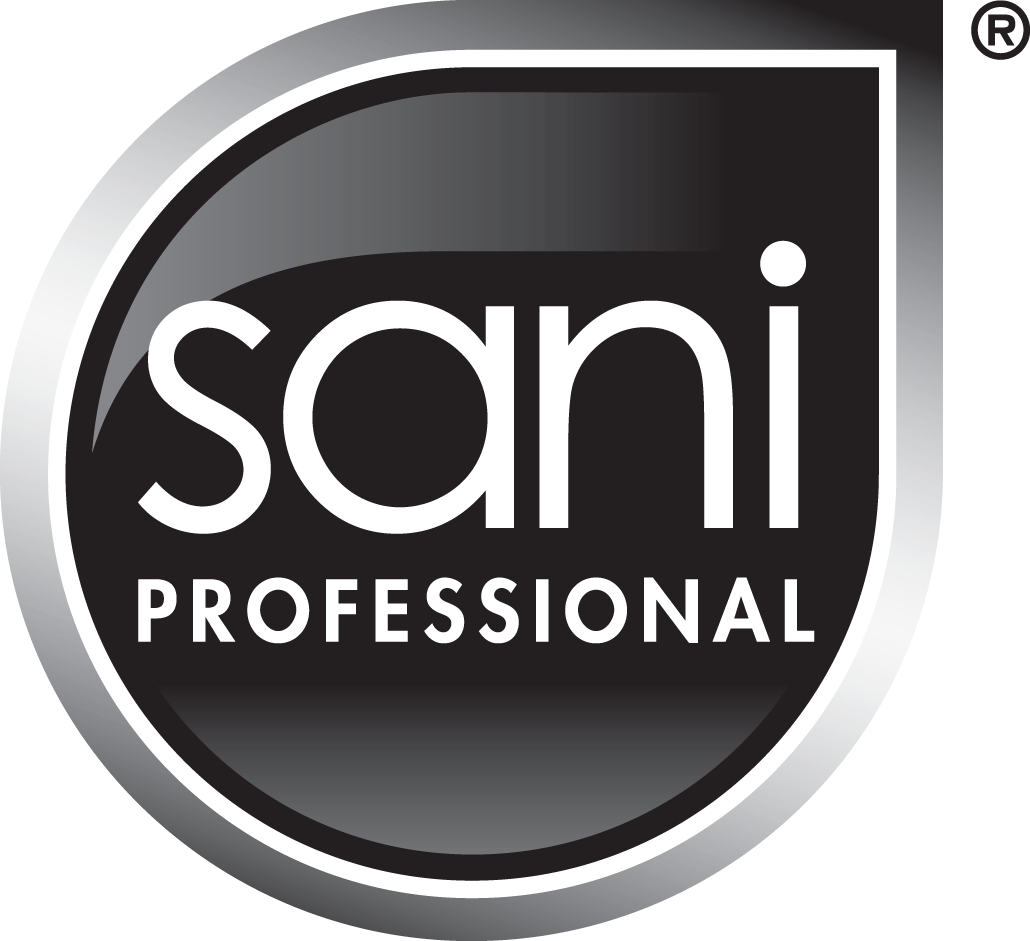
With the spread of COVID-19 Delta variant and other strains continuing, the restaurant industry continues to struggle, facing an unpredictable future with potential revenue shortfalls, partial or full closures, and new rules. To navigate the uncertainty, restaurant owners and operators need to be prepared, learn from past challenges, and think ahead with strategic planning and an openness to change.
The first step is to abandon any expectation of returning to a pre-pandemic “normal”. The new normal is a dynamic, ever-evolving situation that requires a well-informed, nimble and persistent team. Follow these tips to help redefine your restaurant’s strategy and plot a steady course through the twists and turns ahead.
Learn From the Past
As difficult as 2020 was for the restaurant industry, it can teach us important lessons, but only if we understand the mistakes and challenges that impacted us along the way. Restaurant owners today have the benefit of hindsight and knowing to expect more obstacles, which enables us to plan ahead and avoid getting blindsided by a new shutdown or other mandates that may affect operations.
To start, ask yourself some exploratory questions about your business. What did you do well during the pandemic? Consider what policies, menu changes, or adjustments to your operations served you and your guests well. What is worth repeating, or even making permanent?
On the other hand, what mistakes did you make? What slowed you down? Are your operational policies up to date? What are your cleaning and sanitization standards and procedures? Is your staff properly trained to follow through with protocols?
Even before the pandemic, nearly half of all restaurants were uncertain about the skills and knowledge of their staff when it came to sanitization standards. Today, more than ever before, restaurant operators need to set clear, evidence-based policies, provide adequate training to all staff — back of house and front of house — and have regular check-ins to ensure everyone knows exactly how to clean, disinfect, and sanitize surfaces to protect guests and themselves.

Be Prepared and Informed
Restrictions and guidelines vary from city to city – and are dependent on the number of COVID-19 cases. All restaurants need to be prepared for additional closures and changes to capacity and safety guidelines. Restaurant operators should evaluate dining and operational options and be prepared to make necessary adjustments, whether it’s moving to limited seating or new hours, or shifting to delivery and to-go orders.
In addition, restaurant managers need to stay abreast of the latest news – including updates from local health departments to larger indications from government leaders on potential policy changes. You may get an early warning of new regulations or recommendations for staying compliant and protected. The bottom line is restaurants need to stay informed and be prepared to navigate any obstacles or shifts ahead.
Keep Vigilant on Issues Beyond COVID-19
The pandemic, the new COVID-19 variants, and the political buzz around it all have overtaken the news and may seem like the only factors affecting small businesses and the economy. The reality is that there are many important issues that can affect businesses – including other flu and infectious diseases, weather-related events such as fires, hurricanes, and cold or heat snaps, as well as socio-economic factors that may disrupt operations, supply chains, and the local economy. Managers and owners need to monitor and plan for other emergencies and events that may affect staff scheduling, food orders, and overall operations.
Manage your Inventory and Supply
Although we’d all love to forget it, one of the most memorable challenges of the 2020 pandemic was the shortages and outsized demand for key products, such as toilet paper, personal protection equipment (PPE), and other important supplies. Unfortunately, the Delta variant or other strains could very well spur another run on retailers and suppliers and force shortages or rationing of some key necessities. Restaurants need to make sure they have ample supplies on hand, without overstocking or adding to the frenzy in order that causes shortages.
In addition, a restaurant may consider developing multiple menus with respective inventory plans: one for full capacity, another for reduced capacity, and a version for just takeout and delivery. Preparing contingency plans and inventory needs ahead of time can make it faster and easier for you to transition between different phases of a shutdown or shifts in consumer behavior.

Refresh for the New Normal
Even as restrictions decline and restaurants get back to “normal” operations, consumers and diners are constantly changing their habits, preferences, and expectations. Managers and operators may need to reexamine their overall approach by evaluating the latest market research and competitor analyses, reviewing their marketing strategy, and considering opportunities to leverage new trends. Rather than putting pressure on your restaurant to feel, look, and operate the same as it did pre-2020, embrace change and take the steps to evolve your menu, decor, and overall environment to maintain consumer preferences.
Enhance Communication
Not only do restaurants need to keep up with ever-changing local and national guidelines related to safety and health standards, new mandates, and rules, they also need to communicate all of this clearly and consistently to staff and customers.
Internally, all staff needs to understand protocols, rules, expectations, duties, and schedules. This will entail updated training and regular meetings to share new safety and sanitation procedures, as well as explaining new menus or other operations. Externally, restaurants need to communicate safety standards and rules for dining, as well as menu and operational changes, to customers. A formal communication and marketing plan along with clear and visible signage will help get the word out.
Be Agile and Adaptable
Change-readiness has always been an asset for small businesses, but today it is essential for survival. For restaurants, this mindset needs to be instilled into both your day-to-day operations as well as the culture of your company. Employees need to be trained and reinforced on attributes like resilience, innovative thinking, and working together to face challenges. Team building and finding creative ways to keep your team engaged and empowered can help prepare them to contend with uncertainty and the evolution of the industry.
Use Your Downtime Wisely
Change-readiness has always been an asset for small businesses, but today it is essential for survival. For restaurants, this mindset needs to be instilled into both your day-to-day operations as well as the culture of your company. Employees need to be trained and reinforced on attributes like resilience, innovative thinking, and working together to face challenges. Team building and finding creative ways to keep your team engaged and empowered can help prepare them to contend with uncertainty and the evolution of the industry, and finding creative ways to keep your team engaged and empowered can help prepare them to contend with uncertainty and the evolution of the industry.
Sources:
- “U.S. Small Business Closures Are Ticking Back Towards Pandemic Highs” CNBC 2021
- YELP Local Economic Impact Report YELP 2021
- “What You Need to Know About Variants” CDC 2021
- “Decreased Influenza Activity During the COVID-19 Pandemic — United States, Australia, Chile, and South Africa, 2020” CDC 2020
- “Retaining Restaurant Employees During the Pandemic: 5 Effective Ways to Reduce Turnover” Goliath Consulting 2021
- “How the Coronavirus Created a Toilet Paper Shortage” CNSU 2020
- “Consumers Are Optimistic, But Pandemic Eating Habits Die Hard” Restaurant Business 2021
- “Everyday things we miss, took for granted and can't wait to have back after coronavirus” ABC News 2020
- Workplaces and Business CDC 2021

